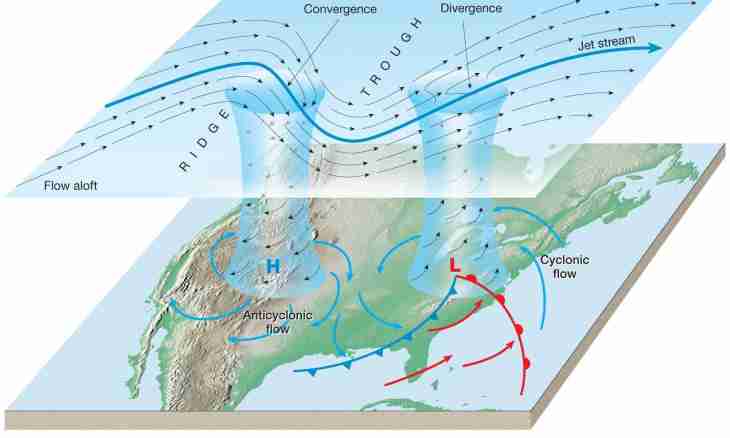The research of functions can very often be facilitated, having spread out them in a numerical row. Studying numerical ranks, in particular, if these power series, it is important to be able to define and analyze their convergence.
Instruction
1. Let numerical row U0 + U1 + U2 + U3 + … + by Un + … = ∑Un be set. Un is expression for the general member of this row. Summarizing members of a row from the beginning to some final n, you receive the intermediate sums of a row. If in process of increase of n these sums aspire to any final size, then call a row meeting. If they increase or decrease infinitely, then a row disperses.
2. To define whether the set row meets, first of all check whether his general member of Un tends to zero at infinite increase of n. If this limit is not equal to zero, then a row disperses. If it is equal, then a row, perhaps, meeting. For example, number of degrees of the two: 1 + 2 + 4 + 8 + 16 + … + 2^n + … — dispersing as his general member in a limit strives for infinity. Harmonious row 1 + 1/2 + 1/3 + 1/4 + … + 1/n + … disperses though his general member also tends in a limit to zero. On the other hand, row 1 + 1/2 + 1/4 + 1/8 + … + 1 / (2^n) + … meets, and the limit of its sum is equal to 2.
3. Let's assume that we were given two rows which general members are equal according to Un and Vn. If there is such final N that since it, Un ≥ Vn, then these ranks can be compared among themselves. If we know that row U meets, then row V too absolutely precisely meets. If it is known that row V disperses, then and row U — dispersing.
4. If all members of a row are positive, then its convergence can be estimated on the basis of Dalamber. Find p coefficient = lim (U(n+1)/Un) at n → ∞. If p <1, then a row meets. At p> 1 row unambiguously disperses, but if p = 1, then is required an additional research.
5. If signs of members of a row alternate, that is a row has U0 appearance - U1 + U2 - … + ((-1) ^n) Un + …, then such row is called sign-variable or we znakochereduyushchitsya. The convergence of this row is defined by Leibniz's sign. If the general member of Un at increase of n tends to zero, and for each n Un> U (n + 1), then a row meets.
6. In the analysis of functions most often it is necessary to deal with power series. The power series are the function set by expression: f(x) = a0 + a1*x + a2*x^2 + a3*x^3 + … + an*x^n + … The convergence of such row, naturally depends on value x. Therefore for power series there is a concept of range of all possible values x at which a row meets. This range is equal (-R; R), where R is convergence radius. In it a row meets always, beyond its limits always disperses, can both agree on the border, and to disperse. R = lim |an/a(n+1)| at n → ∞. Thus, for the analysis of convergence of power series it is enough to find R and to check convergence of a row on range border, that is at x = ±R.
7. For example, let you were given the row representing decomposition in a row Makloren of the e^x function: e^x = 1 + x + (x^2)/2! + (x^3)/3! + … + (x^n)/n! + … The relation of an/a(n+1) is equal (1/n!) / (1 / (n+1)!) = (n+1)! / n! = n + 1. The limit of this relation at n → ∞ is equal ∞. Therefore, R = ∞, and a row agrees on all valid axis.

